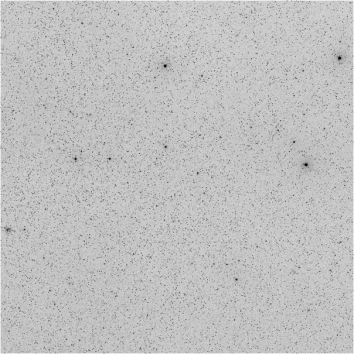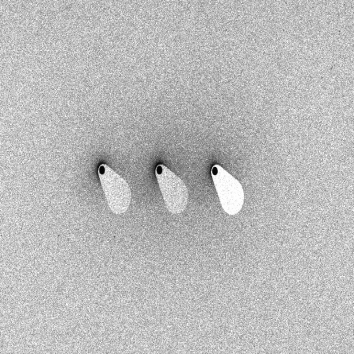The old observations of the Solar System objects have a great interest since they allow us to better assess their dynamics and physical evolution. We need observations to build dynamical models and for this purpose, the observation sampling must be extensive enough to determine the small effects that are only measurable over a large time span. By comparison with new ones, old observations allow us to detect, measure, and model the evolution of the objects. For example, the Solar System objects are moving and their models of motion benefit from observations realized on a large time span. All the periodic terms and perturbations are better described, and obviously taken into account. Moreover, some suspected effects such as the dissipation due to tides and cumulative over decades, may be highlighted. Even the most accurate data, i.e. space data, cannot detect these effects, mainly because they are realized over "short" time.
The old observations did not benefit from accurate star catalogs for their reduction, causing biases on these data, and we demonstrated that a new reduction with most recent star catalogs, Gaia catalog especially, could improve their accuracy. As a consequence, it is necessary to find the original observations as the photographic plates, and to perform new measurement with a sub-micrometric digitizer for advanced image processing.
 |
 |
 |
||||
| Jupiter USNO plate. | Schmidt plate. | Mars USNO plate. |
Our approach is justified by Gaia catalog, in particular, whose proper motions allow us to go back in time, up to the late XIXth. We are now able to accurately observe in the past. A work of inventory and backup of the available plates, of selection of the best old observations, and the building of a new sub-micrometric digitizer allowed our project to start. Besides the study of astrometry and dynamics in the Solar System, our digitizing device may be useful for other purposes such as photometry, spectroscopy of transient objects, and all topics for which the evolution in time is essential to understand. These works require specific calibrations, but they benefit from photographic plates as well.